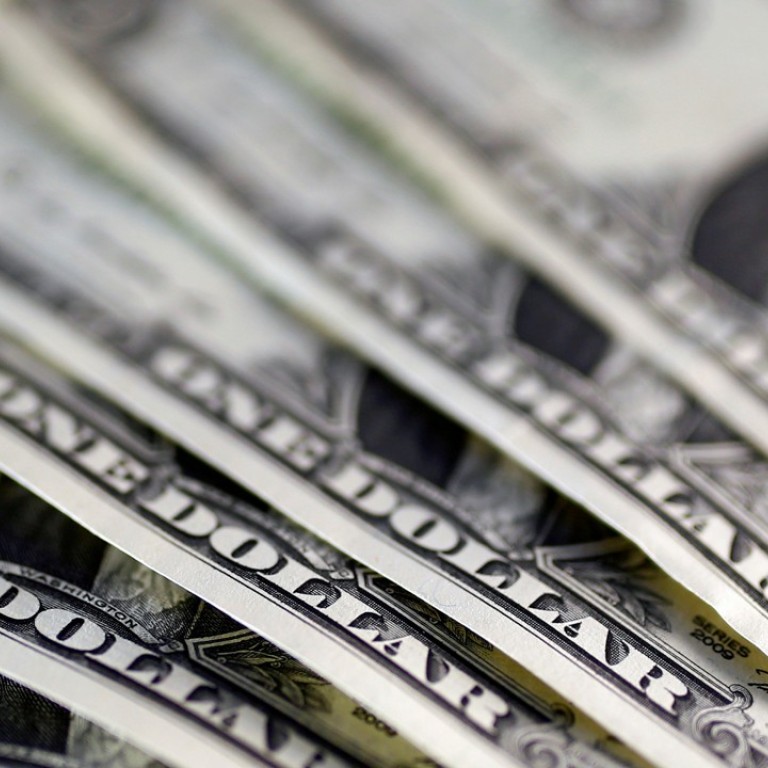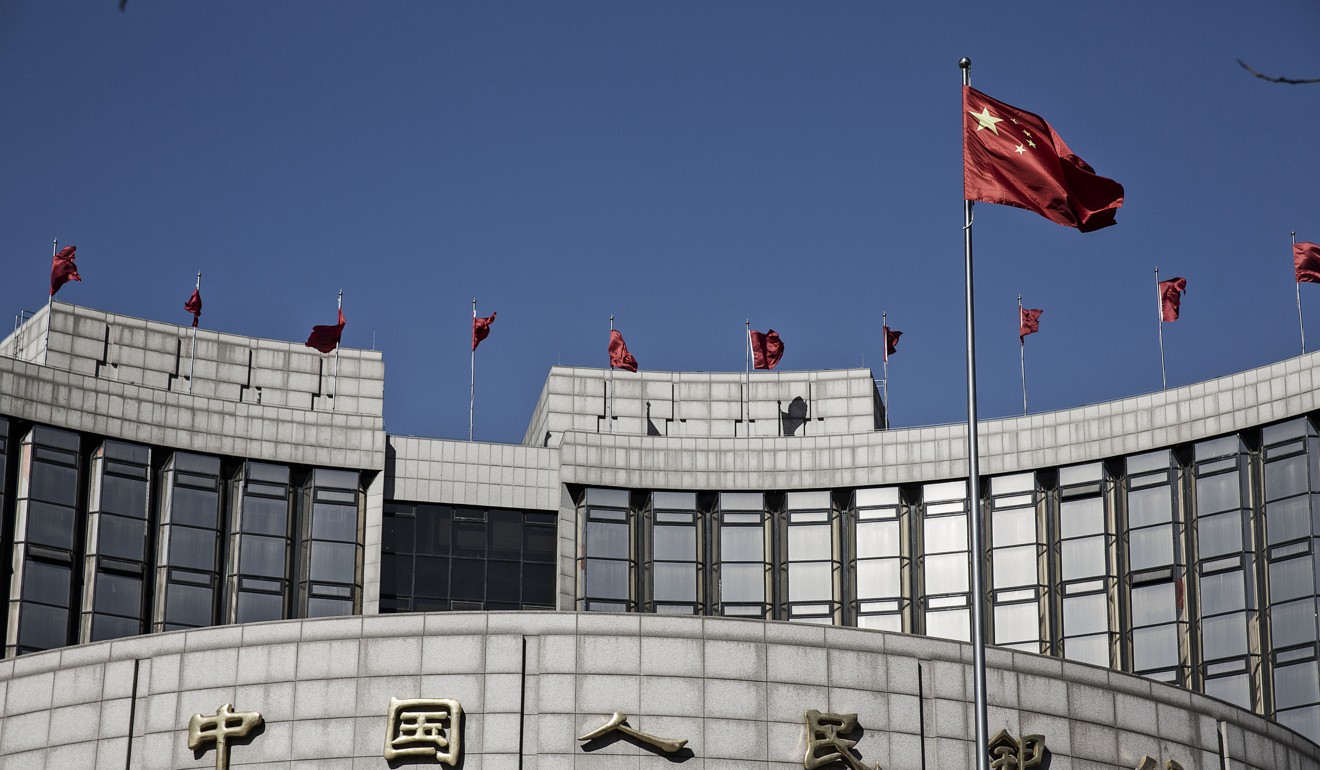
The US dollar’s fall could become a self-fulfilling prophecy
Evidence of rising Asian central bank reserves could be the catalyst for another leg down in the US dollar
Evidence of rising Asian central bank reserves could be the catalyst for another leg down in the US dollar. The currency markets may rationally conclude and react to the notion that such accruals will be accompanied by reserve diversification, as the central banks sell some of their new holdings of the greenback for other major currencies.
If Asian central bank reserves continue to rise in the coming months, the narrative of US dollar weakness might become self-sustaining
Of course, geopolitical concerns could intrude on market sentiment but even then investors make rational, if hurried, decisions. As rising tensions in the Korean peninsula re-emerged last week, the currency markets were quick to look for safe havens, selling US dollars against, among others, the Swiss franc.
But those decisions are by definition reactive whereas for most of 2017 the currency markets have been pro-active in selling the US dollar, and as the greenback has fallen, Asian central bank reserves have been increasing.
For example, as the US dollar has drifted lower versus the yuan in 2017, China has registered six consecutive monthly incremental increases in the size of its foreign reserves. A rise of US$24 billion in July took the total to US$3.08 trillion, their highest level since October of last year.

Canada’s Scotiabank argues that such reserve accumulation warrants attention as their own studies have suggested that “periods of broader USD weakness—such as we are seeing currently—are typically associated with more active central bank reserve accumulation among the major developing market central banks.”
Scotiabank also notes that “the recent improvement in the EUR’s fortunes has coincided with renewed growth in Chinese FX reserves—a trend that reflects a strong connection between EURUSD’s spot performance and the broader trends in Chinese FX reserve accumulation and depletion in recent years.”
As for Credit Suisse, it thinks “a return of China towards reserves accumulation would have important implications for reserve assets and reserves currencies such as EUR, AUD and JPY.”
Of course, coincidence isn’t proof of causality but it can support inference and trigger a behavioural reaction which, in this instance, could help establish a self-supporting cycle of renewed US dollar weakness.
Given the enormous size of its reserves, China is the perfect example with which to illustrate the point.
Incremental rises in China’s reserves, in a period of a weakening US dollar, could just be a function of China’s non-greenback reserves consequentially increasing in value in US dollar terms. Or it could suggest Beijing has sought to temper the pace of yuan appreciation, exchanging renminbi for greenbacks.
In the latter case, given that China’s reserves are not just held in the US currency, the expectation of the currency markets would be for the Chinese central bank to then diversify its foreign exchange holdings by selling some of those greenbacks for other currencies.
That expectation, whether justified or not, can prompt pre-emptive selling of the greenback by currency markets which then feeds more broad US dollar weakness, eliciting further reserve accrual by central banks in Asia. The whole process becomes circular.
In this scenario, it almost doesn’t matter why the US dollar originally weakened. It doesn’t even matter whether China or other central banks in the region are actually diversifying into other currencies.
Indeed, a key point is that the currency market cannot actually know what China or other central banks are doing. Central banks understandably don’t publicly flag their day-to-day currency dealings. And there’s no reason why they should, given that showing their interest would only make their job harder.
From a collective market viewpoint, a fall in the greenback merely reinforces the notion that the greenback should fall further
In this instance, at least, from a market perspective, perception matters, not proof. Any consequent fall in the greenback’s value merely provides confirmation bias that the original thesis was correct and fuels the fire.
The very idea that Asian central bank-led, US dollar-negative reserve diversification activity is occurring merely increases the chances that the currency market will pre-position itself to try and benefit from a weaker US currency.
And that mind-set is only bolstered when economic numbers, such as last week’s benign US inflation data, reduces market expectations that the Federal Reserve will need to raise rates again in the immediate future. From a collective market viewpoint, a fall in the greenback merely reinforces the notion that the greenback should fall further.
If Asian central bank reserves continue to rise in the coming months, the narrative of US dollar weakness might become self-sustaining.

